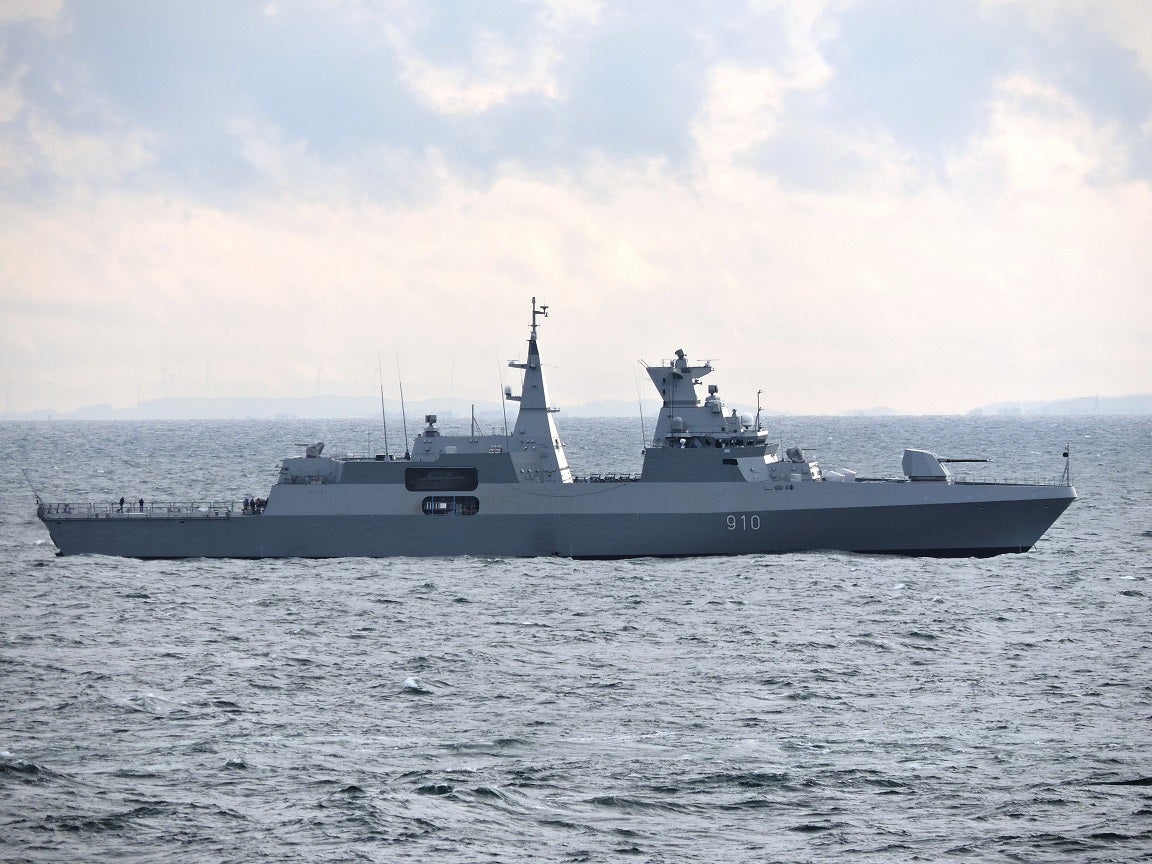Todjaeger
Potstirrer
IIRC (and keep in mind this was like 20 years ago when it was getting discussed) Gibbs & Cox offered a design that was referred to as the "Baby Burke" which would have been smaller than the USN's Arleigh Burke-class DDG, but larger than what is now the Hobart-class DDG. As I recall it, the options at the time were for three 'Baby Burkes' which would individually been more capable than a Hobart-class DDG, or for three Hobart-class DDG's with the option for a fourth DDG. Unfortunately though, the option for a fourth DDG was not exercised and lapsed in late 2008 or early 2009.What did defence want instead of Hobart? What was the pressing reason Hobart were chosen?
From what I can recall, and there are others here on DT that were actually involved in the Hobart-class DDG build that could provide far more information than I, what became the Hobart-class DDG was viewed as "less risky" because the base vessel class, Álvaro de Bazán/F100-class had already been built, whilst the proposed Baby Burke version of a Flight II Arleigh Burke-class DDG only existed as a paper design. One of the unfortunate realities though was that changes to the Spanish design had to be implemented in order to deliver a destroyer the RAN wanted rather than it being a build to print order.





